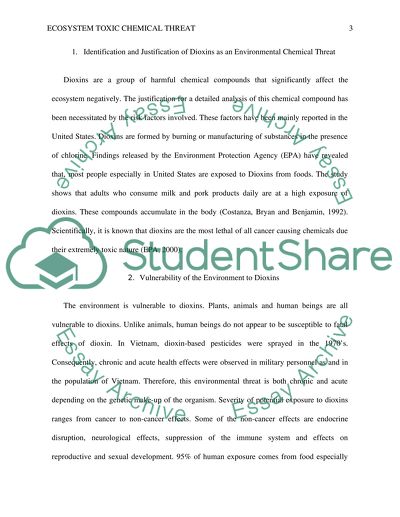Cite this document
(“Ecosystem toxic chemical threat Research Paper Example | Topics and Well Written Essays - 1250 words”, n.d.)
Retrieved from https://studentshare.org/environmental-studies/1440170-ecosystem-toxic-chemical-threat
Retrieved from https://studentshare.org/environmental-studies/1440170-ecosystem-toxic-chemical-threat
(Ecosystem Toxic Chemical Threat Research Paper Example | Topics and Well Written Essays - 1250 Words)
https://studentshare.org/environmental-studies/1440170-ecosystem-toxic-chemical-threat.
https://studentshare.org/environmental-studies/1440170-ecosystem-toxic-chemical-threat.
“Ecosystem Toxic Chemical Threat Research Paper Example | Topics and Well Written Essays - 1250 Words”, n.d. https://studentshare.org/environmental-studies/1440170-ecosystem-toxic-chemical-threat.


